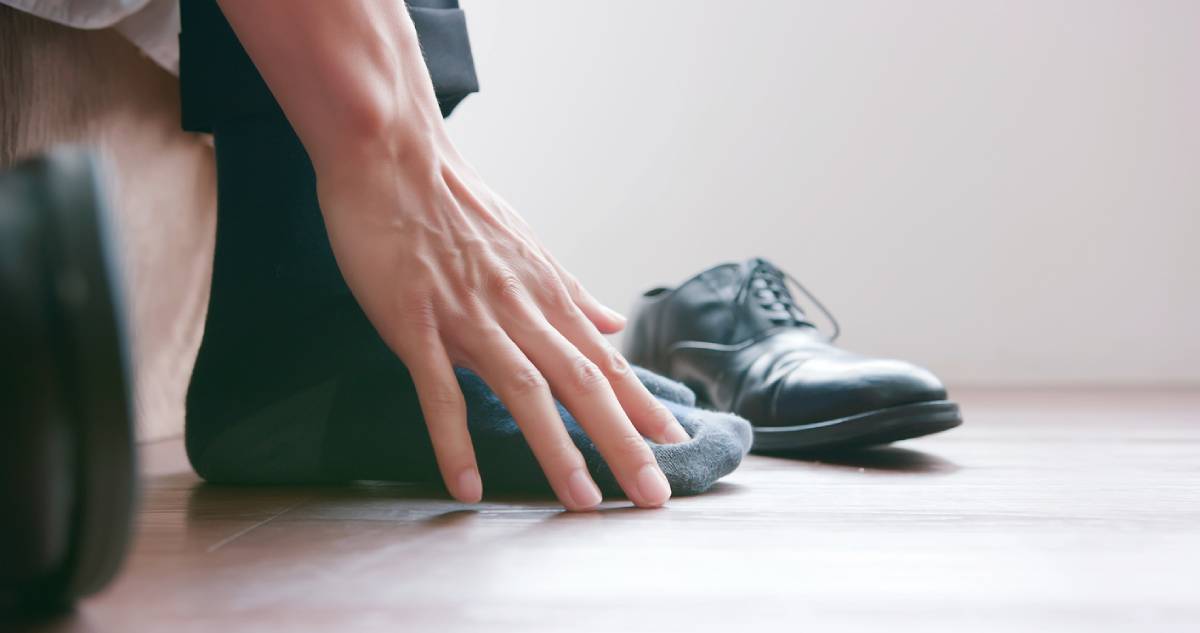Athlete’s foot is a contagious infection that affects the skin on your feet. It can spread to your toenails and hands if not taken care of. For most people the condition isn’t medically serious, but it can be difficult to treat without the help of a podiatrist. You may wonder, is athlete’s foot caused by fungus? Below you will find helpful information regarding the causes of athlete’s foot and how it can be treated.
Is Athlete’s Foot Caused By Fungus?
Athlete’s foot is caused by a specific type of fungi, referred to as “dermatophytes.” It is the same type that causes ring worm and jock itch. The issue with athlete’s foot is that it is contagious and can easily spread. It can be contracted through direct contact with someone who has it, or contact with a contaminated surface. The fungus thrives in warm and environments making it much easier to contract.
Certain factors can place you at a higher risk for the skin condition. Some of those risk factors include the following:
- Sharing mats, bed linens, rugs, clothes, or shoes with someone who has the condition
- Wearing tight or ill-fitted shoes that are enclosed
- Those who frequently sweat, especially on their feet
- Those who fail to dry off their feet and keep them wet for long periods of time
- Having a minor skin or nail injury on your foot
- And walk barefoot in public places, such as locker rooms, community showers, or swimming pools
Avoiding these risk factors can help reduce your risk of contracting athlete’s foot.
Symptoms of Athlete’s Foot
If you notice any of the symptoms of athlete’s foot, it’s important to contact a foot and ankle doctor in Beverly Hills to get diagnosed and treated. While athlete’s foot is not a serious medical condition for most, treatment can help reduce your symptoms and slow down the spread. Some people are at a higher risk for complications related to athlete’s foot if they are not treated right away. If you have diabetes or a weakened immune system, contact your medical provider right away. The risk is much higher due to the risk of the fungus spreading.
If you notice one or more of the following symptoms, contact a podiatrist:
- Discolored, thick, or crumbly toenails
- Toenails that pull away from the nail bed
- Blisters on your feet that itch
- Itching, stinging, and burning between your toes or on the soles of your feet
- Cracking and peeling skin on your feet (most commonly between your toes)
- Dry skin on the soles of your feet
- Raw skin on your feet
These symptoms indicate that you likely have the condition and may requires athlete’s foot treatment in Los Angeles. A podiatrist can diagnose the condition based on a physical examination of your feet. Still, they may also order a skin test if they are unsure if the symptoms are related to athlete’s foot.
Treatment for Athlete’s Foot
Athlete’s foot treatment is necessary if you have the condition as it won’t go away on its own. In fact, if it’s left untreated it can spread to other areas of your body. Once the fungus spreads it can be highly difficult to treat. Depending on the type of fungus, in addition to the severity, treatment options can include topical or oral medications. Topical antifungal medications are the most common treatment, but oral antifungal medications may be necessary in severe cases. Depending on how severe the condition is, treatment can take between one to four weeks. However, you may notice improvements in the first few days once you start treatment. Treatment from a professional is much more effective than over-the-counter methods so it’s important to contact a podiatrist for treatment.


